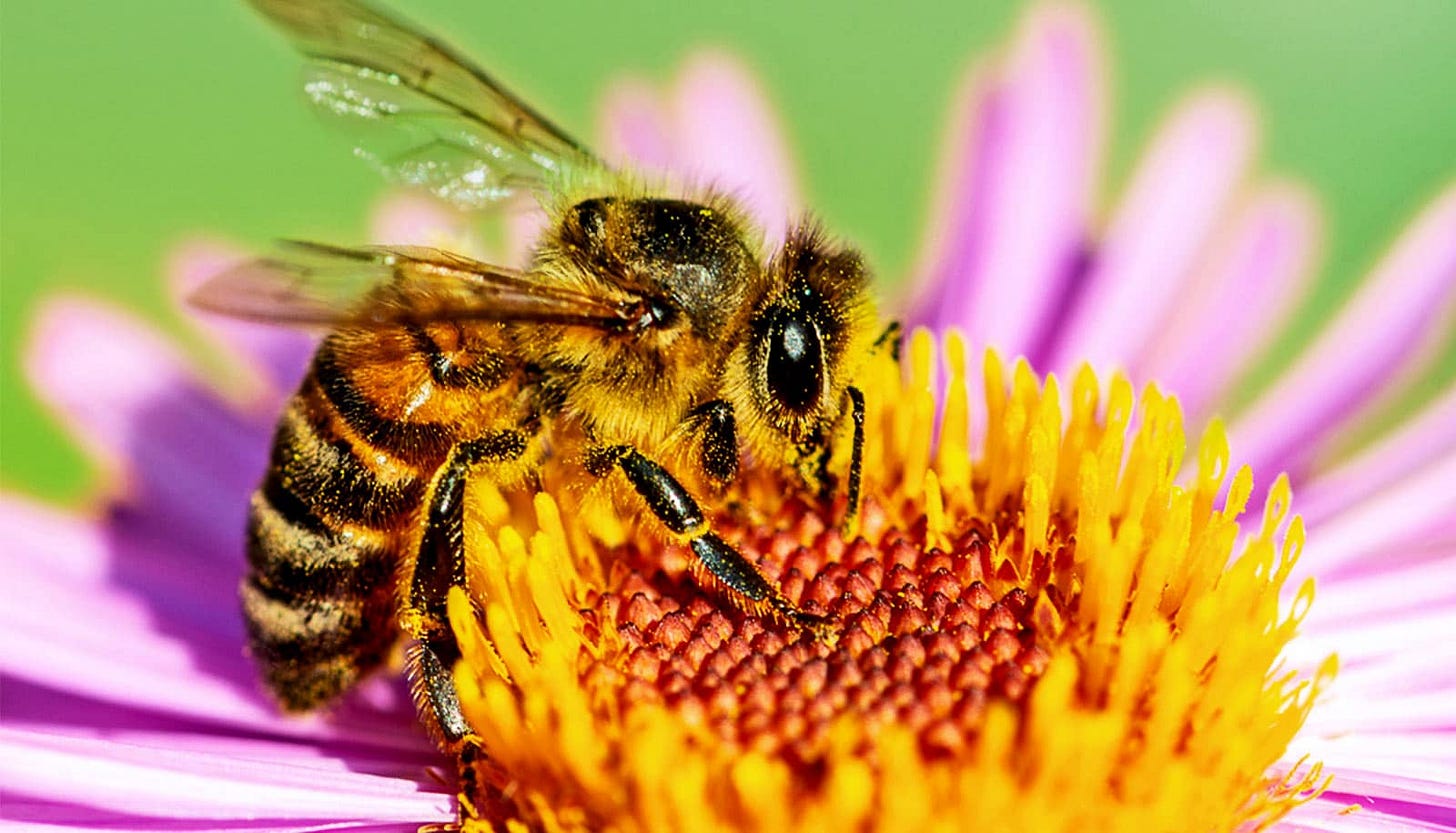Honey bee colonies are collapsing. Or thriving. It depends.
I saw those headlines too. But the data is patchy, mixed and contains regional variations.
We all remember 2007–2009. Losses mounted, panic spread, and it seemed like there was no end in sight. I am referring, of course, to the honey bee crisis. Over the winter of 2007–2008, between 750,000 and one million honey bee colonies were estimated to have died in the United States1, representing around one-third of all colonies. The following winter, a further 29% were believed to have died2. Scientists began to talk of “Colony Collapse Disorder”.
Beekeepers generally expect losses over winter of around 10%-20%. But over the past decade, annual losses have hovered around 40%-50%. And now, entomologists at Washington State University (WSU) warn that commercial honey bee colony losses in the US could reach 70% this year.
What is the cause? Priya Chakrabarti Basu, an assistant professor of pollinator health and apiculture at WSU, points to a confluence of stressors including nutrition deficiencies, mite infestations, viral diseases, and possible pesticide exposure during the previous pollinating season.
Personally, I take the Homer Simpson view on bees. I don’t drizzle honey on my muesli or add a splash of almond milk to my coffee (it takes around two hives’ worth of bees for every acre of almond trees). Yet, it turns out, things I don’t like can still be quite important.
Around 75% of the world’s flowering plants and about 35% of the world’s food crops depend on pollinators3 to produce, according to the USDA National Institute of Food and Agriculture. To that end, honey bees have a production value of almost $350m a year. Fewer bees mean higher costs for both farmers and consumers. In extremis, it can lead to food insecurity.
Still, it is a complicated picture. And news articles with dramatic-sounding headline figures do not always provide the whole story. Bee colonies in America hit a record 3.8m in 2022, figures from the US Census of Agriculture show. That represents around one million more than in the previous five years. Meanwhile, bees are thriving in Asia, and China in particular.
Madina Tussupov, a writer for the website earth.org, calls the idea of a global bee population collapse inaccurate:
“While some regions are experiencing alarming losses, others are seeing increases, demonstrating that proactive measures can lead to positive outcomes. To truly understand these trends, we need a data-driven and region-specific approach rather than relying on generalized predictions of doom and gloom."
It’s all rather complicated, and that is partly due to patchy record-keeping. Furthermore, domesticated honey bees are only one variety of pollinator. And they at least have industrial and governmental backers, compared with their native cousins. Speaking to The Washington Post last year, Eliza Grames, an entomologist at Binghamton University said:
“You wouldn’t be like, ‘Hey, birds are doing great. We’ve got a huge biomass of chickens!’ It’s kind of the same thing with honeybees. They’re domesticated. They’re essentially livestock.”
In February, the UK government acknowledged that the data it uses to analyse changes in species abundance and ultimately prevent species extinction, including for bees, has critical gaps. This is not exactly the only area in which UK data is lacking. Yesterday, the Office for National Statistics announced it would cut back its work in vital areas of public policy in order concentrate on “core economic and population statistics”. This follows criticism of the agency’s performance after a string of errors and delays to key economic indicators.
Not an especially satisfying conclusion, I concede. So my advice is not to panic about the bees today. Not least when there is so much new material out there to worry about.
Have a lovely weekend.
van Engelsdorp D, Hayes J Jr, Underwood RM, Pettis J. A survey of honey bee colony losses in the U.S., fall 2007 to spring 2008. PLoS One. 2008;3(12)
vanEngelsdorp, D., Hayes, J., Underwood, R. M., & Pettis, J. S. (2010). A survey of honey bee colony losses in the United States, fall 2008 to spring 2009. Journal of Apicultural Research, 49(1), 7–14
‘Pollinators’ is more than bees, and includes other insects such as butterflies, moths, beetles and flies





